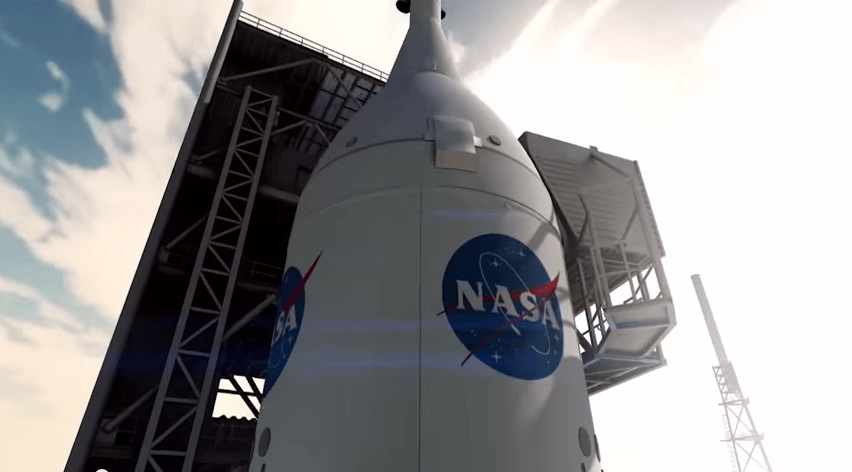NASA Performance
NASA Mission Operations selected Modulus to graph high-frequency telemetry and health data from the International Space Station (ISS). A custom solution was provided based on the Modulus HTML5 charting library, which is now the highest-performing HTML5 charting library available on the market today.
After testing all other solutions on the market, NASA came to Modulus with technical requirements for a high-frequency solution to process and display up to a half a billion data points every second on tablets.

The end product would allow NASA Mission Control to analyze telemetry and health data transferred in real-time from the ISS via satellite link.
This marks the first time in aerospace industry history that this amount of data in such low frequency has been streamed to tablet devices and displayed graphically.
The ISS is a space station in low Earth orbit. Now the largest artificial body in orbit, it can often be seen with the naked eye from Earth. The ISS consists of pressurized modules, external trusses, solar arrays and other components.
The ISS serves as a microgravity and space environment research laboratory in which crew members conduct experiments in biology, human biology, physics, astronomy, meteorology and other fields.
Millions of data points for telemetry and health of the ISS and its inhabitants is sent to NASA via satellite link each millisecond.

In the past, NASA used high performance C++ programs to view and analyze the data.
When NASA contacted Modulus for a mobile solution, they required the exact same performance levels from a JavaScript and HTML5 solution as they were currently receiving from their C++ solution.
This posed design challenges because programs written in JavaScript for web and mobile applications typically cannot offer the greater performance as can programs written in C++. In fact, JavaScript interpreters are typically written in C++ or Objective C.
JavaScript is a scripting language, not a native language. While there are ongoing efforts to make JavaScript run nearly as fast as a native language (such as asm.js), it is commonly known that generating highly efficient native code from a high level dynamic language such as JavaScript is extraordinarily difficult.
Without alternatives, we had to get creative.
For this project, our engineers designed and patented a method for compressing time-series data into a special format for graphical display, squeezing every last bit and byte out of every single CPU cycle possible. The project was a success and the final solution can display as much high-frequency data in a JavaScript HTML5 chart as NASA had previously been displaying in their C++ graph, if not more! Next, we plan to implement our compression algorithm into a new C++ charting library for an insanely fast display of hundreds of millions, if not billions, of data points.
This project adds to our portfolio of computationally intense, highly scalable, client-server mobile applications. Modulus is excited to continue to push the envelope from "what is" to "what's possible".
Stay tuned!
About Modulus Global
Since 1997, Modulus has provided advanced technology products and services to clients including The NASDAQ Stock Market, J.P. Morgan Chase, Bank of America, Credit Suisse, Barclays Capital, Goldman Sachs, Merrill Lynch, Fidelity, TD Ameritrade, Devon Energy, IBM, Microsoft, Yahoo!, Google, Cisco, Adobe, Ford Motor Company, SAS Institute, Rutgers University, the University of Chicago, and thousands of other corporate, educational, governmental, and non-profit institutions, throughout 94 countries.
For more information about Modulus Global, please visit www.modulusglobal.com/about/


